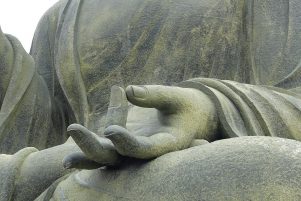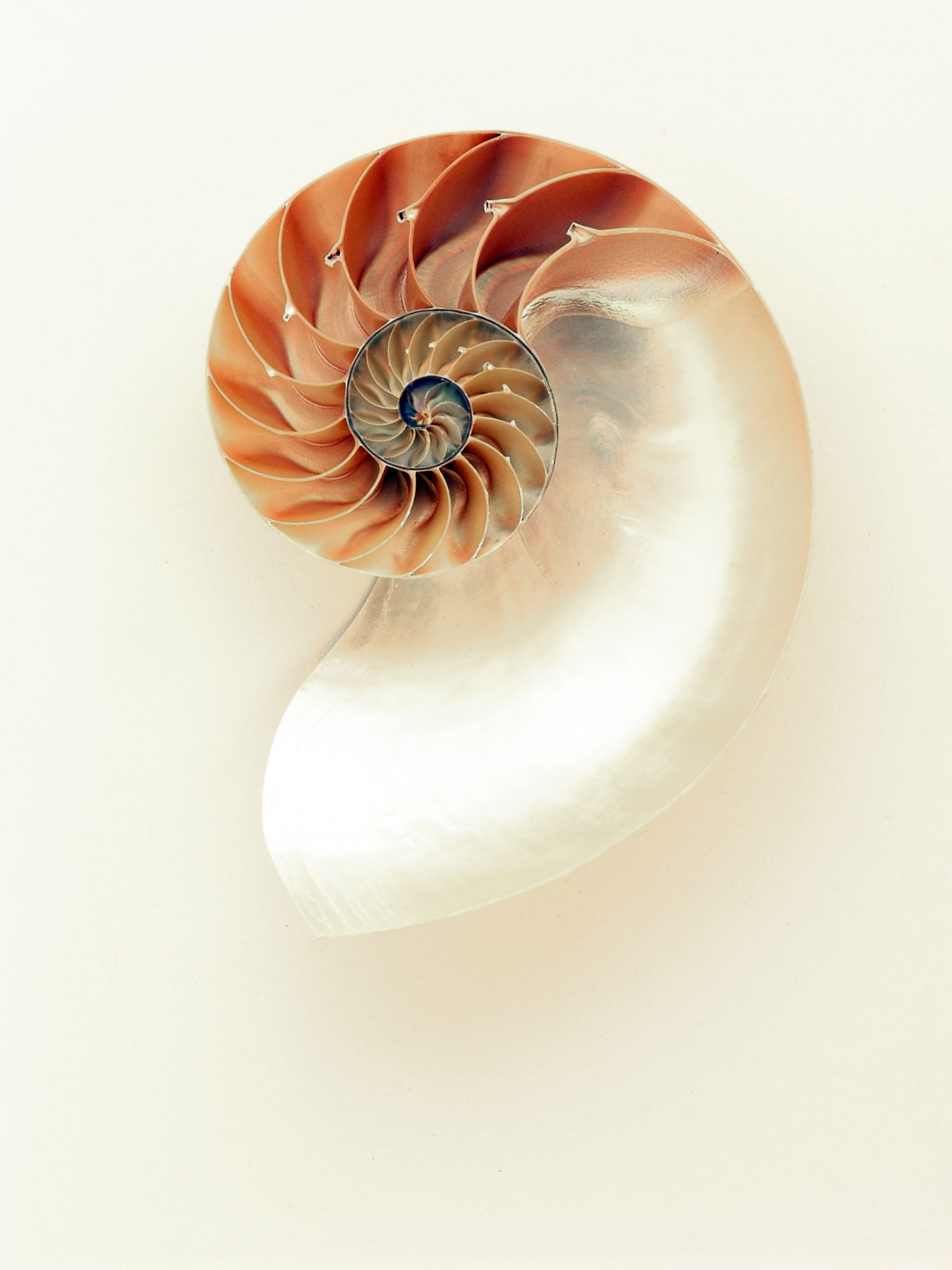Vipassana: Experience of Impermanence
Article By Manjula Nanavati
 Twenty–five centuries ago in Northern India, a man desolated by the quantum and pervasiveness of human suffering in the world, resolved to find a solution. His investigation led him to many masters, abundant knowledge and a plethora of techniques to investigate Truth and Reality, until finally on achieving enlightenment, he devoted the rest of his life to teaching people how to come out of misery.
Twenty–five centuries ago in Northern India, a man desolated by the quantum and pervasiveness of human suffering in the world, resolved to find a solution. His investigation led him to many masters, abundant knowledge and a plethora of techniques to investigate Truth and Reality, until finally on achieving enlightenment, he devoted the rest of his life to teaching people how to come out of misery.
The Buddha, who never claimed to be anything but human, began teaching, and several hundred years afterwards, his words were compiled into Dhammapada, meaning at the feet of Dharma, the Universal Law of Life. He taught that suffering is caused by craving, aversion and ignorance, and that the root of all suffering lies within us. Like many wise men, Buddha extorted that only by knowing oneself was it possible to confront the essential truth, beyond the veils of our own oblivion.
A crucial aspect of Buddha’s teaching was that wisdom received from another, was borrowed wisdom and stayed within the intellectual plane, but wisdom distilled from one’s own experience has the power to truly transform us. No-one else’s realization of the truth can liberate us. Whatever is outside of us remains at a distance. The truth can be experienced directly only within ourselves.
While the Buddha’s teachings have taken many expressions in different traditions all over the world, one of the priceless contributions to humanity according to the Pali Cannon was an extremely practical method by which to directly experience reality: an ancient meditation technique called Vipassana Bhavana, or “insight into the true nature of reality”. The word passana means “to see”, and vipassana in Pali means “to see into”, “to see through”, or “to see things as they really are”.
Vipassana is the technique of dispassionately observing the sensations in the body while maintaining an abiding calm or tranquility that results in ever increasing awareness, ultimately penetrating deep into the consciousness of universal truth.
Why did the Buddha choose sensations as the vehicle with which to enter the mind? As explained in the Satipatthana Suta, it is through our sensations that we experience reality. Our senses are the doors through which we internally experience the external world. In addition, our minds generate ideas, thoughts, emotions and memories which further enrich and deepen our experience of life.
Sensations are then the crossroads of both the physical and the mental aspects of ourselves. By observing our physical sensations, we can observe our minds.
Sensations are present throughout the body at every moment in time. Modern science tells us today that every action or experience produces bio-chemical reactions within our bodies, reactions that we are typically unconscious of.
Vipassana strengthens our awareness enough to experience even subtle sensations, and realize that they constantly arise and fade, they originate and cease.
This is the beginning of the awareness of IMPERMANENCE. Through diligent practice one learns not to react to these sensations instinctively. Instead a practitioner learns to maintain equanimity through all sensations, gross or subtle, pleasant or unpleasant.
The Buddha taught that the mind operates in 4 steps or processes. CONSCIOUSNESS happens when the mind comes in contact with a physical or mental object and receives a stimulus. PERCEPTION is when the mind recognizes, analyzes, or labels it. Based on this, an EXPERIENCE is produced which finally culminates in a REACTION. Usually these processes occur so rapidly that we are unaware of the middle two processes. We only recognize the stimulus and our reaction.
Vipassana trains your awareness so as to allow you to separate your experiencing mind from your reacting mind.
By maintaining serenity through all experiences, one has the choice now of exercising a balanced response rather that an instinctive, conditioned or emotional reaction. This, perhaps, is what distinguishes Vipassana from other meditation techniques. Some techniques use verbalizations, mantras, chanting or prayer. Some techniques use visualization, of a setting, form, or deity. Many of these may be effective in various ways. Each might foster the centering of the mind, focusing it away from the illusive impermanent aspect of life. Their goal is to elevate one into a state of deep mental absorption, resulting in a lightness or bliss, so that one might come out of the experience restored, revitalized, and ready to tackle challenges with renewed vigor. However effective, none of these techniques by itself offers a solution to the anguish.
By training the mind through assiduous practice of equanimity through pain or pleasure, vipassana gives one the tools to separate one’s experience, from the reaction to that experience, allowing one to finally release oneself from the vice-like grip of torment.
In theory many religions shed light on this separation. The Gita propagates detachment from the fruits of action. The Bible asks that you ‘turn the other cheek’. Modem psychoanalysis asks you to ‘perceive your feelings’, just like anger management seminars declare you must ‘observe’ your anger. Vipassana offers a time-tested practice, that systematically teaches how exactly to do this. When followed diligently, even if only for the 10 days of training, it allows momentary, but inspiring glimpses of success.
Every moment of our lives we have been reacting. We think we are reacting independently. In reality, however, we are instinctively reacting to sensations, and these reactions are produced by our past conditioning. Some of these reactions are so deeply ingrained that we are almost powerless when they raise their heads.
It is in developing awareness and equanimity together, in equal measure, The Buddha said, that will lead to liberation. Awareness without equanimity could lead to greater sensitivity to sensation, prompting destabilizing reactivity, while equanimity without awareness could result in repressing, concealing or remaining ignorant of suffering and sensations deep within.
Slowly and diligently, as one graduates to the point of non-reaction, however momentarily may it be, one begins the process of purification of the mind. Practicing composure in the face of unpleasant sensations one begins to eradicate aversion. Practicing tranquility in the face of pleasant sensations one begins to strengthen oneself against craving. By practicing serenity in the face of neutral sensations one begins to wipe out ignorance. This is experiencing the truth of suffering and the truth of the cessation of suffering within the framework of our own bodies; our bodies bear witness to the truth of transience.
It is said that the last words of The Buddha to his disciples were, “All created things are subject to decay. Practice diligently to realize this truth.”
Merely learning the technique of Vipassana cannot grant serenity, any more than learning the technique of sailing can guarantee calm seas. As long as there are conditioned reflexes within our subconscious, no matter how strong our resolve, they will at times, overpower us. The only real solution is to use this technique to change ourselves. By scrupulously and industriously diving deep within, to develop awareness and equanimity at the deepest level, and by applying this practice in our daily lives, vipassana becomes a tool by which to observe reality as it is, not just while meditating, but in every moment.
For an experienced Vipassana practitioner, the unequivocal and tangible realization of the impermanence of the world, all things in it and of it, including what we call Self, is the key to liberation. Only a human being has the power to be able to grasp this truth. No other living being on the planet has the faculties that allow this leap. The Buddha showed us that we are capable, with assiduous practice, of reaching enlightenment. The gift of his teachings, his sacrifices, and his unswerving belief in the human potential make it imperative for us to take a few steps forward towards our own evolution. Not to do so would be to deny our magnificent potential as human beings, a tragic waste of unrealized opportunity.
Image Credits: By Vitamin | Pixabay | CC0
The entity posting this article assumes the responsibility that images used in this article have the requisite permissionsImage References
pixabay.com/en/service/terms/#usage
Permissions required for the publishing of this article have been obtained
Article References
1. Hart, William. Vipassana Meditation: The Art of Living as taught by S.N. Goenka. Vipassana Research Institute. 1988. 2. Confalonieri, Pierluigi. The Clock of Vipassana has Struck. Vipassana Research Institute. 2003. 3. Fleischman, Dr. Paul R. Vipassana Meditation: Healing the Healer. The Experience of Impermanence. Vipassana Research Institute. 1991. 4. Goenka, S.N. Meditation Now: Inner Peace Through Inner Wisdom. Vipassana Research Institute. 2003.




What do you think?